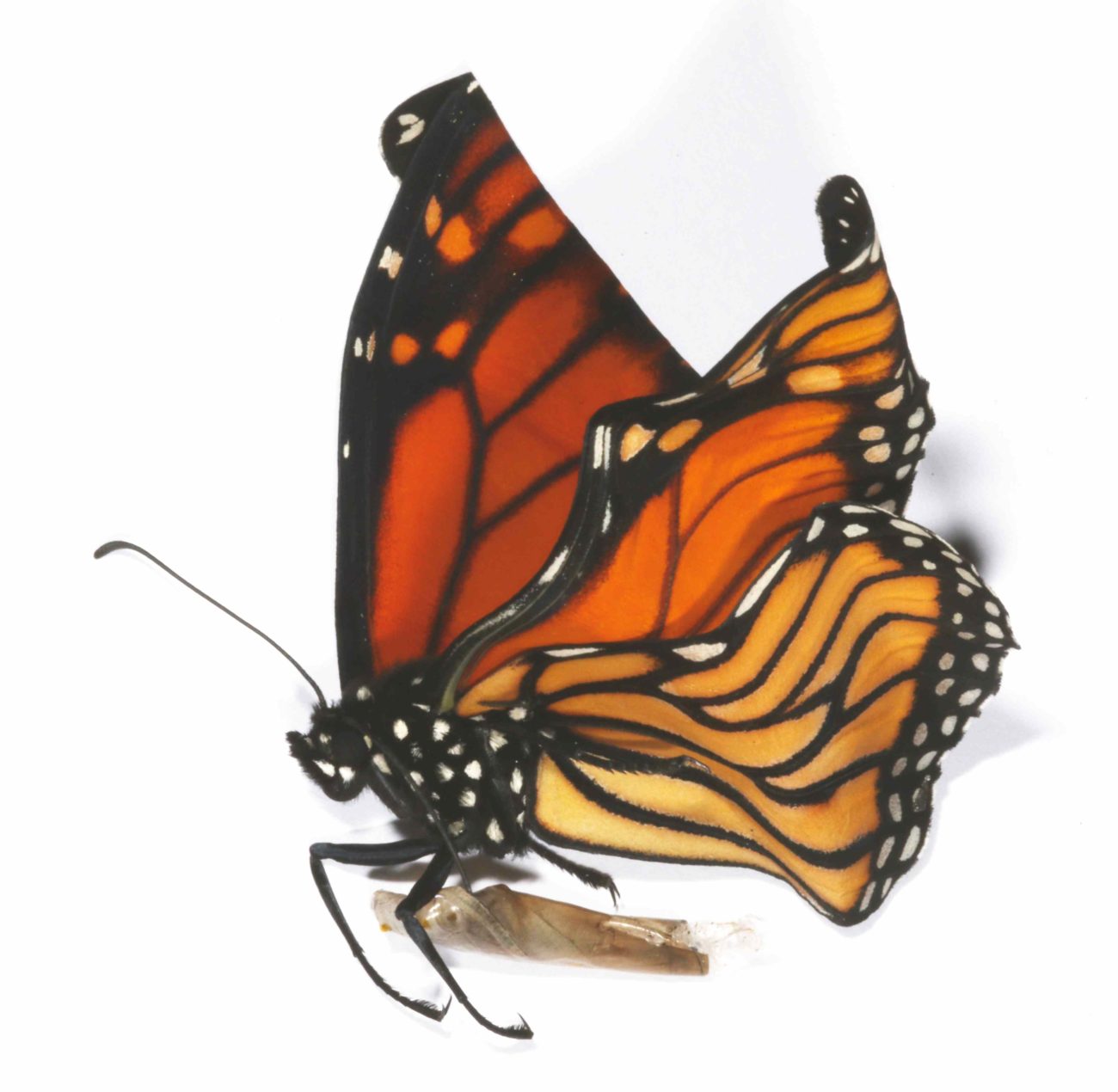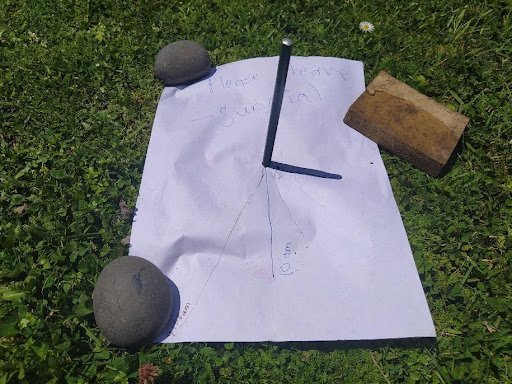May 4: Citizen Science
You can be a scientist too…

Below are some talking points and activities to pass the time, all relating to today’s story.
Talking points
Discuss the ideas presented in the story with your family—at home or over video conferencing. Find ways to involve as many people as possible, especially those who you know are isolated by the lock-down.
- What do you notice about the people in the top photo? Do they look interested in what they are doing? What do you think they are looking at/for? Do you think they’re having fun? Would you like to join them if you could? Why or why not?
- Do you have any ideas about why entomologists only go out to collect insects after about 10am, when the dew is off the grass? Yellow plastic plates are laid in the bush to attract insects—why do you think yellow is so attractive to insects?
- In citizen science, people are invited to count “wading birds, moreporks, cockles, bats, kererū, Hector’s dolphins, monarch butterflies and freshwater mussels.” Why don’t scientists just do their own counting? Why might they welcome help from ordinary people from around the country?
- Kamera Raharaha got into citizen science when a friend showed her a native orchid near her house. She quickly became a regular observer of nature and now she can tell different insects by the colour of their eyes in the dark, or lead scientists to wheke (octopus) in rock pools. How do you feel when you learn about someone like this who has become so respected in the scientific community?
- Do you feel inspired to do some citizen science yourself? How could you find out more about citizen science in your area?
Task—Get Involved with Monarch Butterfly Research

Have you seen any monarch butterflies in your garden or at your school? It may be that these monarchs have been parasitised resulting in crumpled wings which do not work (like the picture below). A Wellington scientist is finding out more about parasitism in our monarch butterflies—and you can help!
Professor Phil Lester from Victoria University of Wellington is asking citizen scientists from around New Zealand to take a sample from the abdomen of butterflies.
“We know that the parasite is present in New Zealand, though we have no idea how prevalent it is,” Phil says. “Butterflies that carry a light infection of the disease may not display any symptoms. They might fly and behave just like an uninfected butterfly.”
The more samples Phil can collect, the better information New Zealand will have about how this parasite affects monarch butterflies.
Here’s how you can help.
Anyone primary school age or older throughout New Zealand can help Phil investigate how many butterflies in New Zealand have this parasite.
You can sample Ophryocystis elektroscirrha (or OE) parasites by pressing clear Sellotape or Scotch tape on a butterfly’s abdomen. The tape will pick up the OE spores and a few scales of the butterfly.
- First, catch a monarch butterfly—this video shows how to safely catch monarch butterflies without a net.
- Press a piece of ultra-clear tape against the butterfly’s abdomen
- Place the tape on a white piece of paper. Record the date, and the location of your sample
- Include an address (preferably e-mail) so Phil can contact you
- Place the sample in an envelope addressed to: Phil Lester, Monarch Disease Survey, School of Biological Sciences, Victoria University of Wellington, PO Box 600, Wellington 6140
Phil will count the spores in the laboratory and his website with the results.
















